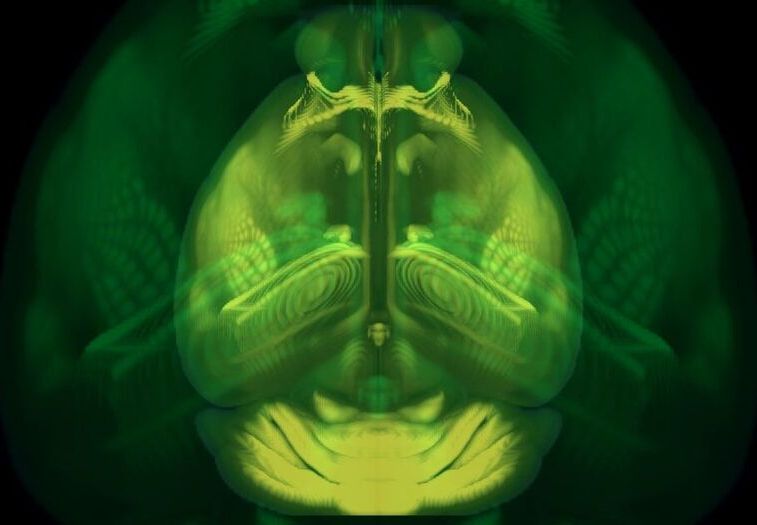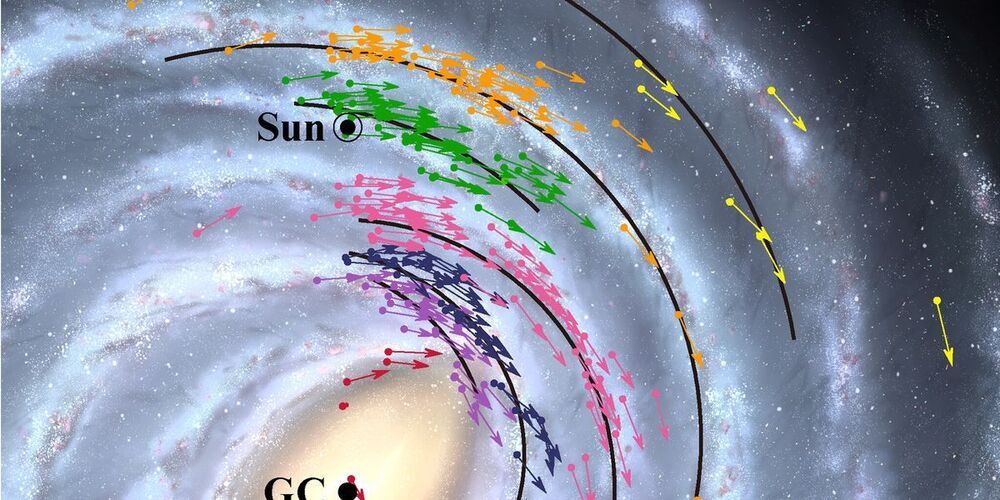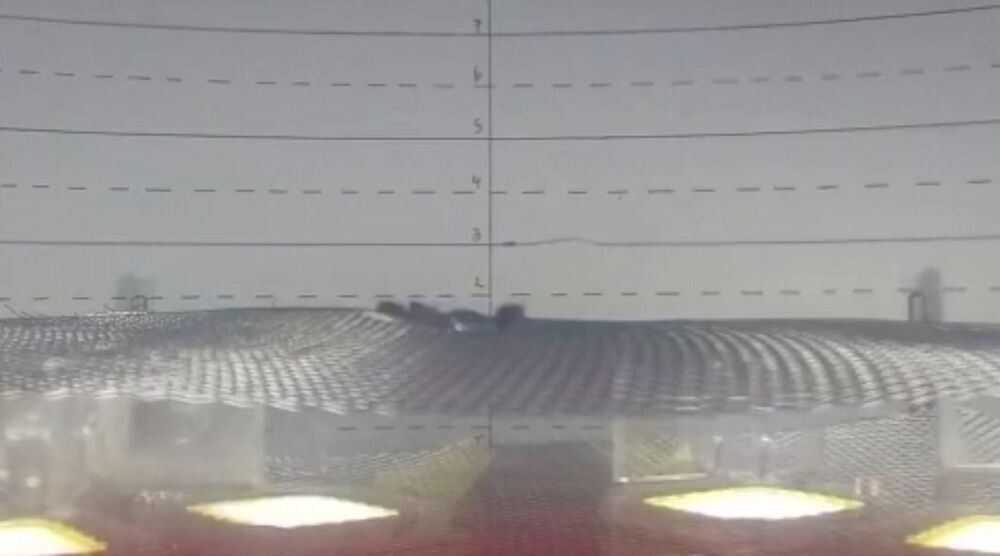As a critic of modern life and technology, Ai-Da can draw thanks to artificial intelligence.
Get the latest international news and world events from around the world.





Light and a Single Electron Used to Detect Quantum Information Stored in 100,000 Nuclear Quantum Bits
Researchers unlocked the electronic properties of graphene by folding the material like origami paper.
Researchers have found a way to use light and a single electron to communicate with a cloud of quantum bits and sense their behavior, making it possible to detect a single quantum bit in a dense cloud.
The researchers, from the University of Cambridge, were able to inject a ‘needle’ of highly fragile quantum information in a ‘haystack’ of 100000 nuclei. Using lasers to control an electron, the researchers could then use that electron to control the behavior of the haystack, making it easier to find the needle. They were able to detect the ‘needle’ with a precision of 1.9 parts per million: high enough to detect a single quantum bit in this large ensemble.
The technique makes it possible to send highly fragile quantum information optically to a nuclear system for storage, and to verify its imprint with minimal disturbance, an important step in the development of a quantum internet based on quantum light sources. The results are reported in the journal Nature Physics.
Scientists Use Lithium To Control Heat In Nuclear Fusion Reactors
Researchers unlocked the electronic properties of graphene by folding the material like origami paper.
Researchers at the US Department of Energy’s Princeton Plasma Physics Laboratory have created a plan using liquid lithium to control the extreme heat that could strike the exhaust system inside tokamak fusion reactors.
A tokamak is a confinement device that uses a powerful magnetic field to confine plasma in the shape of a torus and whose work is to produce controlled thermonuclear fusion power.
Fusion, on the other hand, is the nuclear reaction that occurs when atoms collide and fuse together, releasing huge amounts of energy. This process is what powers the Sun.

Researchers explore using light to levitate discs in the mesosphere
A team of researchers at the University of Pennsylvania has found that it is possible to levitate very thin discs in conditions that mimic the mesosphere using laser light. In their paper published in the journal Science Advances, the group describes their research involving a possible way to allow flight at very high altitudes and how well it worked.

Microalgae identified as clean source of hydrogen production
Researchers unlocked the electronic properties of graphene by folding the material like origami paper.
Researchers at Monash University’s Department of Chemical Engineering, IITB-Monash Research Academy Mumbai, and The Indian Institute of Technology’s Department of Chemical Engineering have used reactive flash volatilisation (RFV) gasification technology to produce hydrogen using microalgae, giving rise to newer and cleaner forms of energy.

1 Gigawatt Solar + Storage Plant Planned For France
A giant 1 gigawatt (1000 megawatt) solar-plus-storage project is currently planned for France. Engie, one of the world’s biggest energy companies, and Neoen, a large French power producer, are planning to build this project together near the small French town of Saucats. The project’s name is Horizeo.